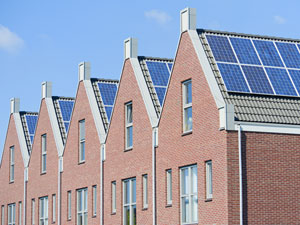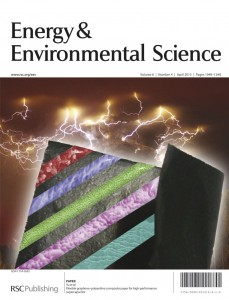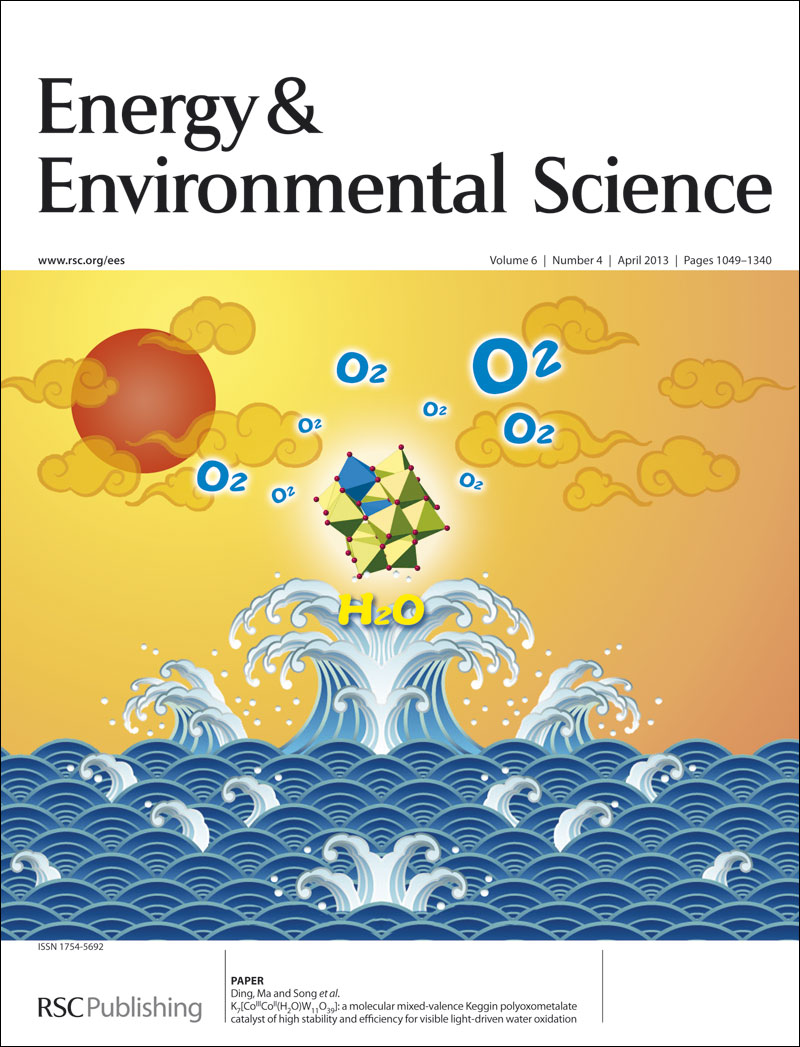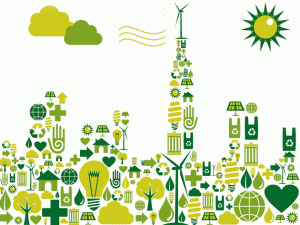This month sees the following articles in Energy & Environmental Science that are in the top ten most accessed in February:
Gas storage in renewable bioclathrates
Weixing Wang , Chao Ma , Pinzhen Lin , Luyi Sun and Andrew I. Cooper
Energy Environ. Sci., 2013,6, 105-107
DOI: 10.1039/C2EE23565J
Lithium–oxygen batteries: bridging mechanistic understanding and battery performance
Yi-Chun Lu , Betar M. Gallant , David G. Kwabi , Jonathon R. Harding , Robert R. Mitchell , M. Stanley Whittingham and Yang Shao-Horn
Energy Environ. Sci., 2013,6, 750-768
DOI: 10.1039/C3EE23966G
Cu(ii)/Cu(0) electrocatalyzed CO2 and H2O splitting
Zuofeng Chen , Peng Kang , Ming-Tian Zhang , Brian R. Stoner and Thomas J. Meyer
Energy Environ. Sci., 2013,6, 813-817
DOI: 10.1039/C3EE24487C
Highly active and durable nanostructured molybdenum carbide electrocatalysts for hydrogen production
W.-F. Chen , C.-H. Wang , K. Sasaki , N. Marinkovic , W. Xu , J. T. Muckerman , Y. Zhu and R. R. Adzic
Energy Environ. Sci., 2013,6, 943-951
DOI: 10.1039/C2EE23891H
Photoelectrochemical cells for solar hydrogen production: current state of promising photoelectrodes, methods to improve their properties, and outlook
Zhaosheng Li , Wenjun Luo , Minglong Zhang , Jianyong Feng and Zhigang Zou
Energy Environ. Sci., 2013,6, 347-370
DOI: 10.1039/C2EE22618A
Charge generation and energy transfer in hybrid polymer/infrared quantum dot solar cells
Elisabeth Strein , Adam Colbert , Selvam Subramaniyan , Hirokazu Nagaoka , Cody W. Schlenker , Eric Janke , Samson A. Jenekhe and David S. Ginger
Energy Environ. Sci., 2013,6, 769-775
DOI: 10.1039/C2EE24175G
Electrochemical performance and reaction mechanism of all-solid-state lithium–air batteries composed of lithium, Li1+x Al y Ge2-y (PO4)3 solid electrolyte and carbon nanotube air electrode
Hirokazu Kitaura and Haoshen Zhou
Energy Environ. Sci., 2012,5, 9077-9084
DOI: 10.1039/C2EE22381C
Organic solar cells featuring nanobowl structures
Hung-Yu Wei , Jen-Hsien Huang , Chih-Yu Hsu , Feng-Chih Chang , Kuo-Chuan Ho and Chih-Wei Chu
Energy Environ. Sci., 2013,6, 1192-1198
DOI: 10.1039/C3EE24128A
Challenges in the development of advanced Li-ion batteries: a review
Vinodkumar Etacheri , Rotem Marom , Ran Elazari , Gregory Salitra and Doron Aurbach
Energy Environ. Sci., 2011,4, 3243-3262
DOI: 10.1039/C1EE01598B
Effect of synthetic accessibility on the commercial viability of organic photovoltaics
Timothy P. Osedach , Trisha L. Andrew and Vladimir Bulović
Energy Environ. Sci., 2013,6, 711-718
DOI: 10.1039/C3EE24138F
Why not take a look at the articles today and blog your thoughts and comments below
Fancy submitting an article to EES? Then why not submit to us today!
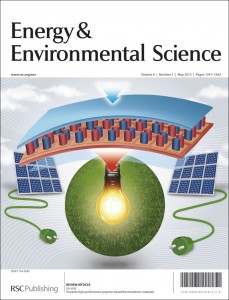 The latest issue of EES is now online. You can read the full issue here.
The latest issue of EES is now online. You can read the full issue here.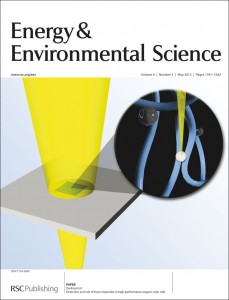 Issue 5 contains the following Review and Perspective articles:
Issue 5 contains the following Review and Perspective articles:










